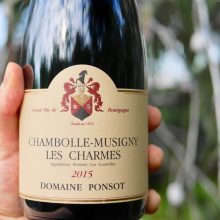
Product information
Domaine Ponsot Chambolle Musigny 1er Cru Les Charmes 2015
Pinot Noir from Chambolle-Musigny, Côte-de-Nuits, Burgundy, France
$380
Description
Ponsot has a superb 0.6 hectares parcel of old vines in this renowned vineyard with an average age of nearly 50 years. The site is planted at 12,000 vines per hectare. The outstanding quality of the wine reflects this remarkable terroir. Year in and year out this is one of the best wines we taste from Chambolle—many a Grand Cru has less breed and class.
Out of stock


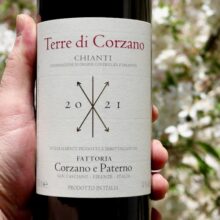
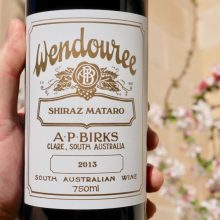
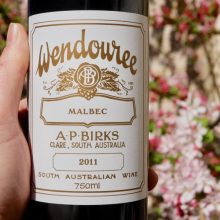
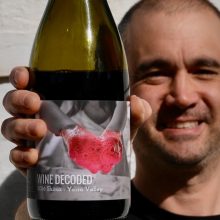
You must be logged in to post a comment.